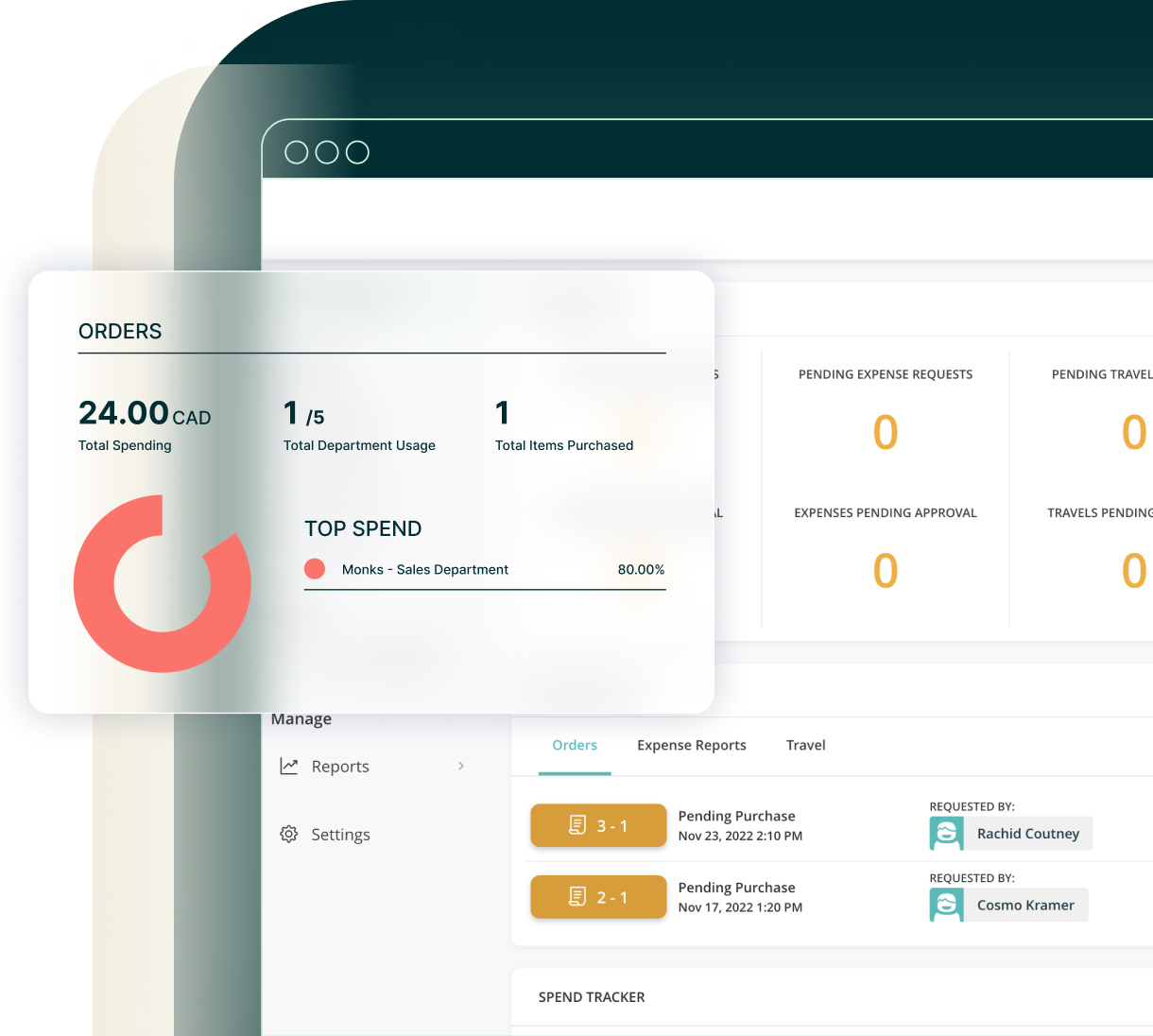From Spend Management to Proactive Purchasing.
Procurify transforms your procurement process from a reactive cost center to a proactive, profit-driving function. Empower your teams to spend responsibly with real-time spend insights and intuitive, collaborative workflows.
Tips on how to source products from China
Sam Miller is the man behind The East Asia Company – a consulting firm with extensive experience helping various clients do business in China. The East Asia Company has assisted its clients in everything from sourcing products, inspections, trade shows and vendor visits.
We caught up with Mr. Miller to talk about, you guessed it, doing business in China. Here’s what he had to say.
Tell us a bit about yourself and your personal experience in doing business in China.
I was lucky in that I had the opportunity to go to China and live there just ten years after Deng Xiao Ping’s reforms. That was a time in China when there was so much excitement and entrepreneurship.
I lived in Pudong across the river from Shanghai proper. I was one of 3 foreigners living there at the time. Now there are over 50,000 ex-pats in Pudong.
I like to think of myself as a pioneer. I have worked in myriad industries over the years, but most of my experience is in home décor sourcing.
What do businesses need to know about how to source products from China?
When they think about sourcing in China, I think the most useful thing for small companies and start ups to remember is that they have to be patient.
It is going to be a long and tough road that will try your patience. But patient you have to be if you want to be in China long term and profit from its large pool of skilled labor.
There was an American who lived in China in the 1930s, George Kates, who said than in his 7 years in China what he learned most was to be patient. I also spent 7 years in China and that is the same lesson I learned.
Why can China be so difficult to do business in?
I think China is difficult to do business in because we expect the Chinese to play by our rules and they usually do not. But who can blame them. Theirs is a unique culture that has its own rules.
China for 30 years shut itself off from the outside world and it is racing to catch up. When you are behind you take a lot of short cuts and don’t pay attention to the rules and this is what has happened in China since Deng’s reforms. This makes it hard to do business there, not only for foreigners but for Chinese as well.
What is the most misunderstood notion about doing business in China?
The biggest misconception about doing business in China is that it is easy.
Many small companies or start-ups that I deal with just have no idea how difficult it can be. They are led into believing China sourcing is easy because they see a long list of vendors on alibaba.com who give them great quotes and maybe a few decent samples. And then they think they are in business.
Then they find out, sooner or later in the form of skyrocketing prices or shoddy quality, that it just is not that easy.
What does a slowing Chinese economy mean for firms wanting to do business in China?
China had a slow economy in 2013 but GDP growth was still 7.7%. If we had 7.7 % GDP growth here in the U.S. I think we would be very happy.
The point is, don’t believe all you hear about China’s slowing economy.
For the next generation, I believe China will remain the best place to source low cost consumer goods.
What other country has the labor pool and infrastructure? India? Labor pool, yes, infrastructure no. If you are a small business thinking about China, don’t be discouraged by these stories when you see them. I am not.
What do you see as the future of the China’s growth?
I remember going to a small business association meeting in Tokyo a few years ago. All those in attendance – and the hall was packed – were small business owners who were either doing business or wanted to do business in China.
On the panel that night was a professor of economics from Hitsubashi University in Tokyo, a very prestigious university in Japan. He said that he had been going to China for 30 years and that it was his assessment that China would be the top global manufacturer for at least the next 25 years.
The same sentiment was echoed by the UK Chancellor of the Exchequer, George Osborne after one of his many visits to China last year. I cannot disagree with them after having seen China’s growth first hand.
What are the supply chain challenges for businesses sourcing products from China?
The bar for product quality worldwide continues to be raised. Companies here in the US and in other developed countries are, year after year, expected to deliver higher quality product to their customers.
A case-in-point is the automobile industry. Many AUTO companies now have a standard of 0 defects PPM for their suppliers. This puts more pressure on the supplier who must, in turn, put more pressure on their vendor in China.
Ensuring that quality is maintained at every link in the supply chain is a challenge, especially in a country like China where so much production is sub-contracted.
Another problem that overseas companies sourcing in China face nowadays is employee turnover at the local level. The turnover rate in some industries can be as high as 30% as employees look for positions that promise more job satisfaction.
What challenges need to be addressed for sourcing products from China?
I think overall the Chinese government has done a good job of addressing many of the issues that overseas companies face when they source in China e.g. IP (Intellectual Property), product safety, etc.
This is not to say that things are great now. They are not. But they are much better than they used to be.
Any last insights you wish to share about sourcing products from China?
Henry Kissinger refers to China’s growth, from a very poor country to one of the world’s richest countries, as one of the miracles of our time. Kissinger has seen the growth first hand and I have seen it as well over the past 26 years.
I encourage anyone who has not been to China to go and see that growth for themselves because it has not stopped, and in some places it is happening at breakneck speed.
For more on The East Asia Company, visit theeastasiaco.com.
>Interested in reading more about outsourcing business practices: How to outsource procurement using international purchasing offices


